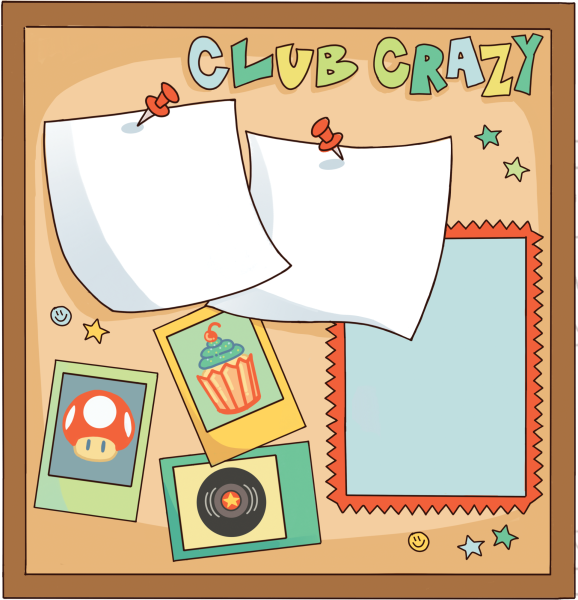The Sex-Ed Controversy
November 4, 2019
The birds and the bees haven’t changed, but the way AISD teaches them has. The AISD Board of Trustees has voted, and this year’s elementary and middle school students will be the first to learn the new sex education curriculum. The new curriculum focuses on anatomy, consent, and notably, LGBTQ+ identities.
This summer, the AISD board of trustees voted on the new sex education curriculum for students in grades three through five. More attention will be focused on the body, healthy relationships and the scientific aspects of pregnancy and reproduction. When students reach middle school, they will encounter new subjects, such as sexual orientation, gender identity and the emotional aspects of sexual encounters.
Arati Singh is a member of the AISD board of trustees and was one of several people who voted on the new sex education curriculum. Singh said the trustees were trying to foster a safe and understanding environment in Texas schools with the new curriculum.
“The curriculum we had didn’t cover key concepts necessary so students can be safe,” Singh said. “Environments that are unsafe lead to depression, anxiety, and suicide.”
Singh said there would be multiple changes to the program to help younger children as well as later on in life. She said one of the biggest changes would be a bigger focus on anatomy.
“Part of the reason we are covering more anatomy is because studies show that students are more likely to be empowered in a sexual abuse situation if they have that information,” Singh said.
Mary Barnett is a women’s health care provider, and she believes that learning anatomy is an essential part of sex education. She said this also would help in cases of sexual abuse.
“I can’t tell you the number of times I’ve seen grown women that don’t know the difference between their vulva and their vagina,” Barnett said. “With that vocabulary kids can better describe something that they feel or something that happened to them.”
Sydney Harkrider is the youth minister at University United Methodist Church and an active LGBT+ activist. She said she feels that education is at the center of safe sex.
“Kids need to know how to how to engage in safe sex, how to know their bodies and others,” Harkrider said. “We want them to be mature and healthy, knowing that they are at the right maturity and that this is the right choice for themselves.”
Singh said the district feels strongly about being inclusive of students of all sexualities. Singh believes that while many parents believe the changes come too soon in the curriculum, they were made with only the best interests of the students at heart.
“We want all students to feel safe, including members of the LGBTQ+ community,” Singh said. “We made the call for a new curriculum based on what is best for kids. We always err on the side of protecting the students.”
Harkrider said education on the LGBTQ+ community can help students feel accepted and give them the ability to express themselves. She said learning this information earlier allows students to avoid stress later in life.
“It’s important to be able to teach different forms of sexuality to normalize it, which is really important to not be afraid or ashamed while growing up,” Harkrider said. “But it also gives young people the ability to figure that out for themselves earlier in their life instead of being ashamed of who they are.”
According to Barnett, it is important for people to have proper information regarding sex because it has such lasting consequences. She said her own ignorance had made gaining independence more difficult.
“Knowledge is power, you know, the way that knowledge becomes power is that it enables us to make decisions for ourselves,” Barnett said. “I didn’t realize until I was in my 20s that I could make decisions for myself.”
Arati said she was looking forward to her own daughter going through the new curriculum and having the opportunity to learn and grow. She believes the new curriculum will encourage students to be their best possible selves.
“I think that this will be really empowering for kids,” Singh said. “I’m excited that my daughter, who’s in middle school, will be receiving a curriculum that empowers her to make healthy choices, which every kid deserves.”









